A Russian man uses Soviet-made lenses to reveal the magical world of snowflakes.
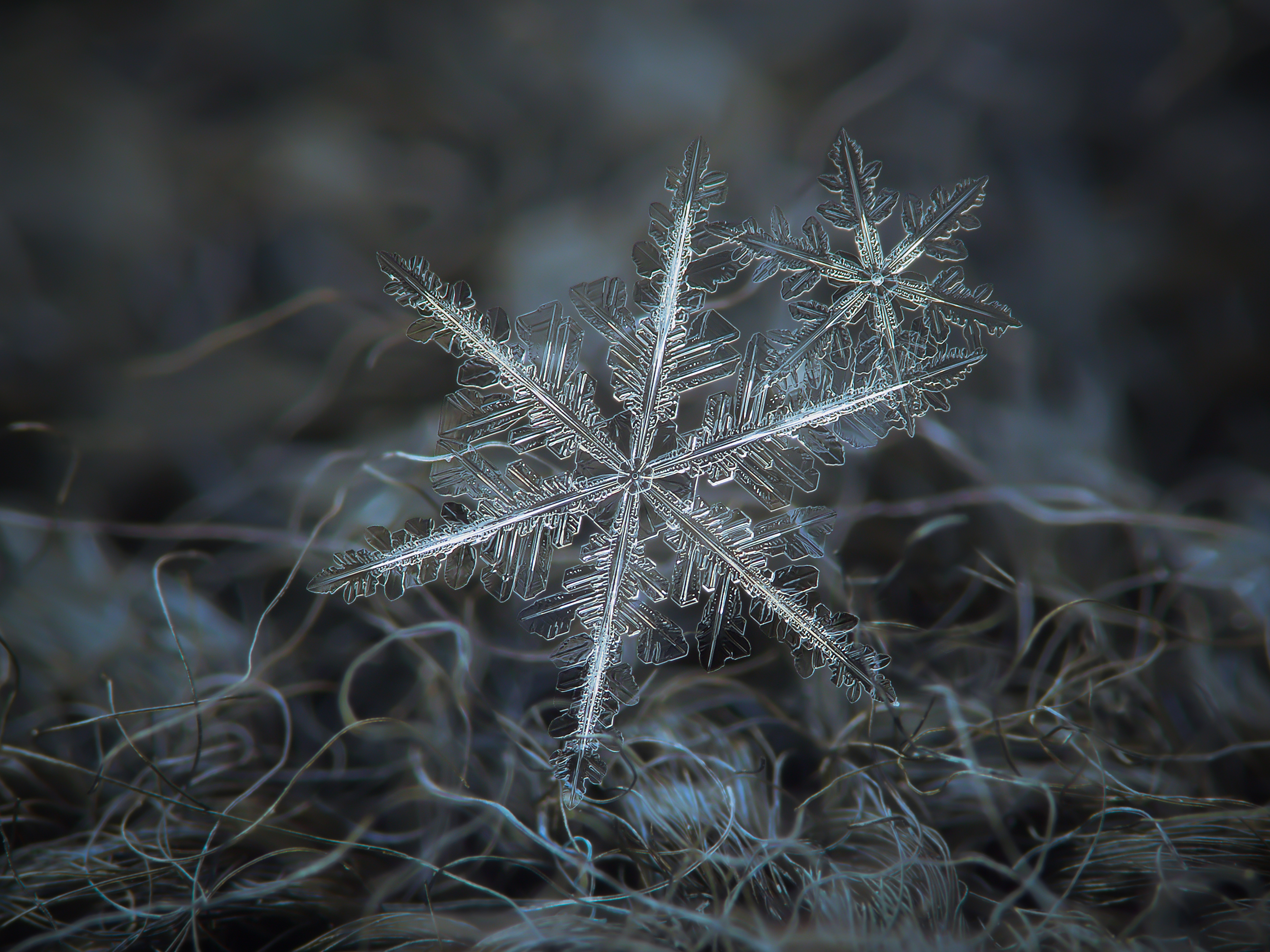
They look like jewels on display…
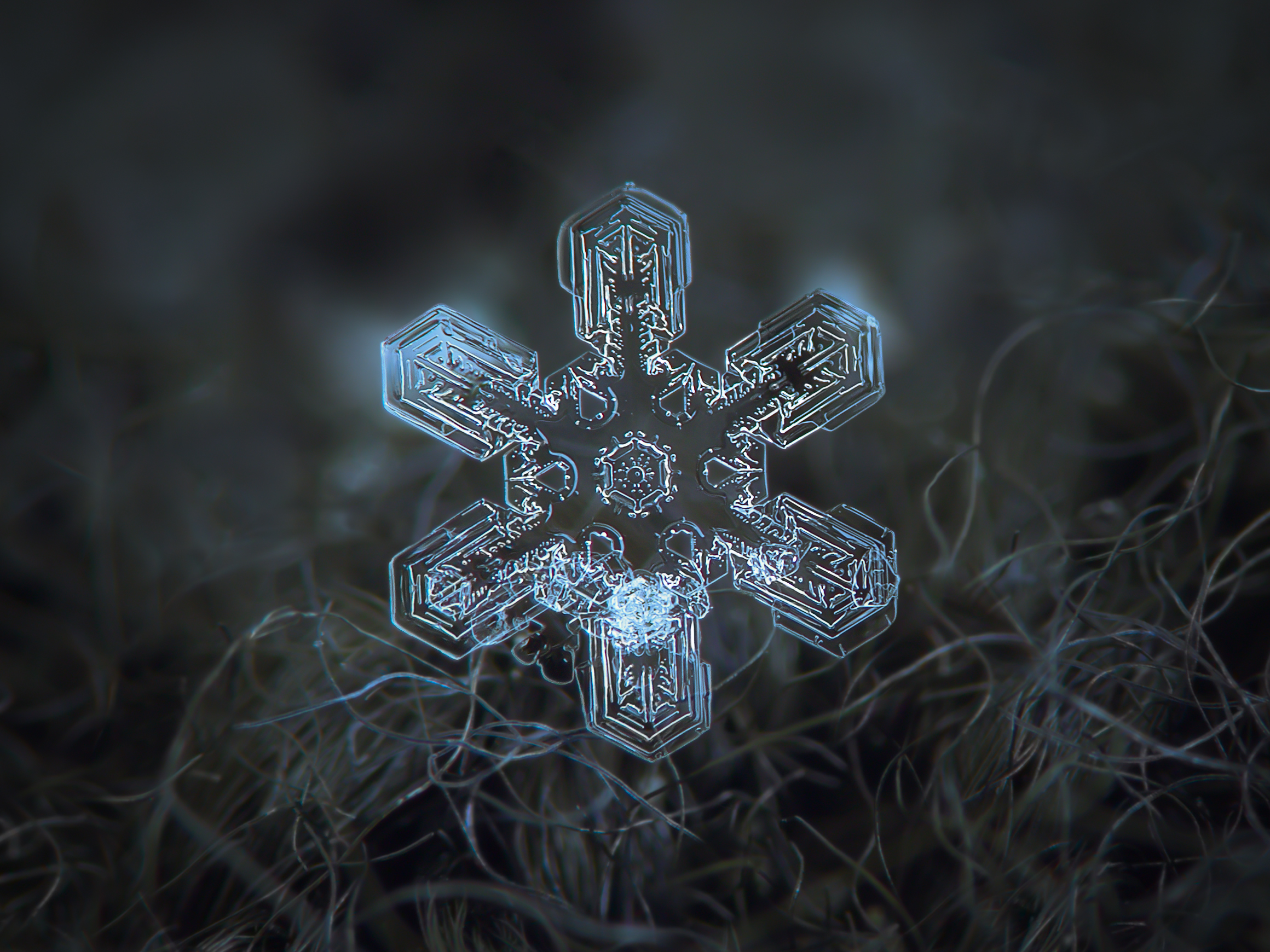
...but these are freshly fallen snowflakes, or snow crystals, resting on wool.
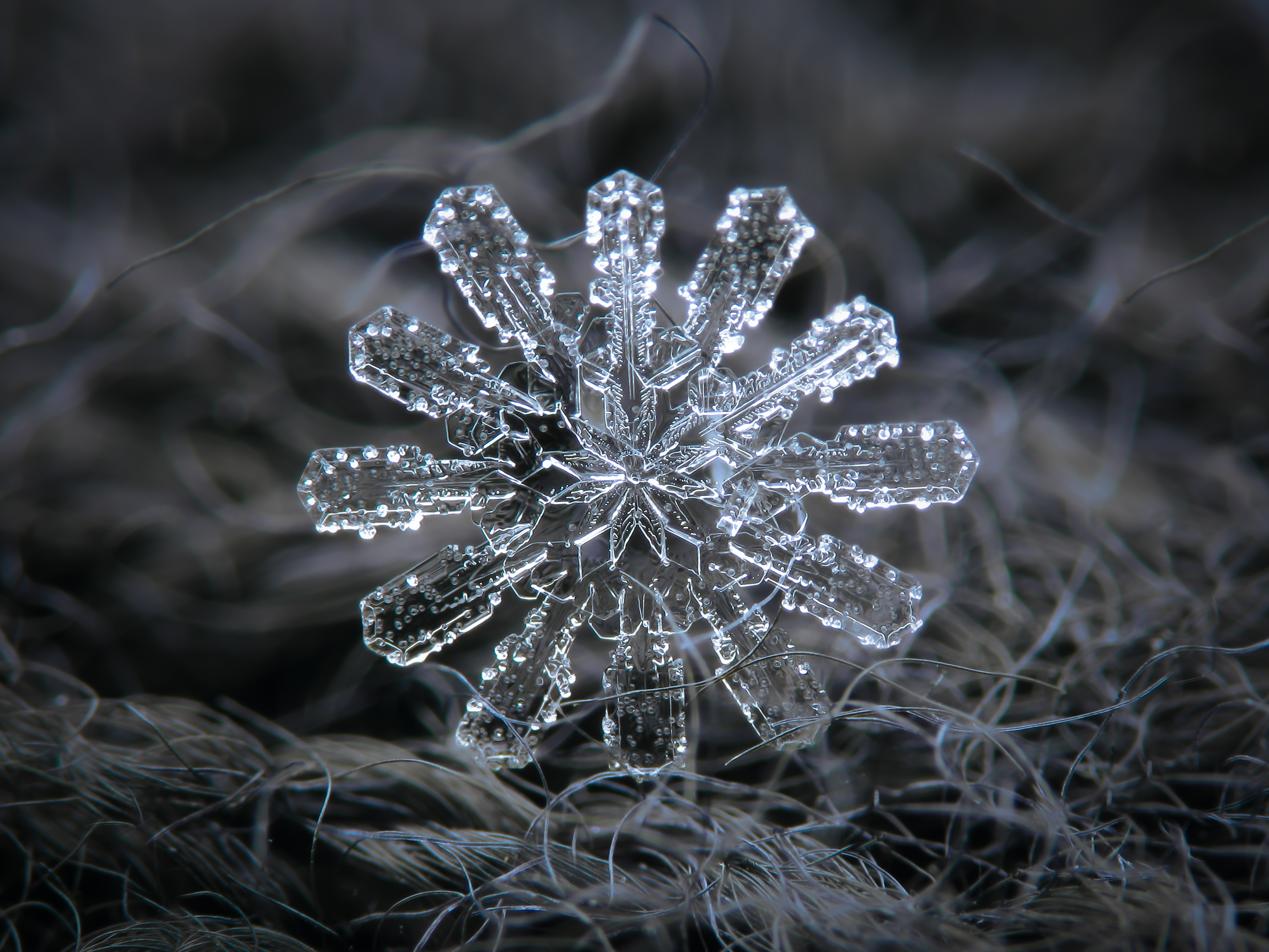
They are around 1 millimeter in size and were captured using a simple, cheap photography technique.

When the snow starts falling in Moscow, Alexey Kljatov heads onto his terrace to hunt for tiny frozen treasures with a specially modified camera.
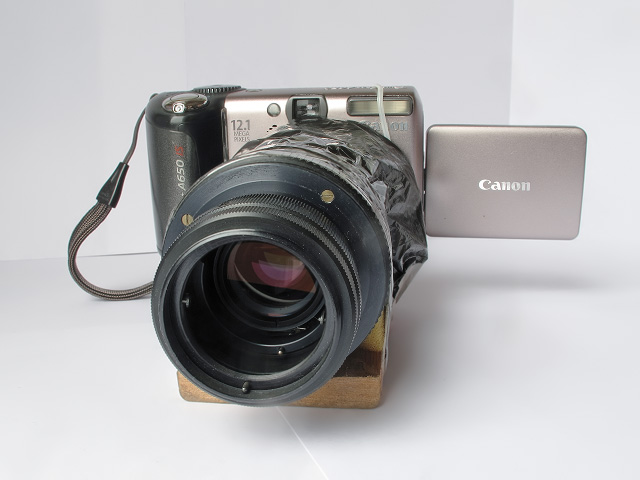
By taping a Soviet-made lens in front of his Canon Powershot's built-in lens, Kljatov transformed the 10-year-old camera into a powerful microscope.
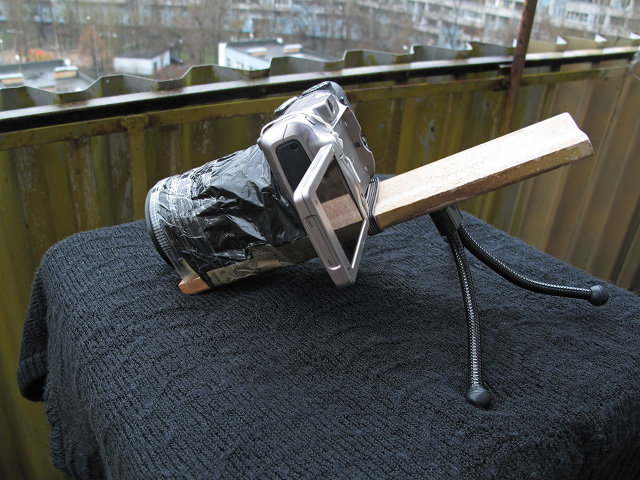
The 42-year-old, who works as a printing-press operator, waits for snow to settle on this black wool panel…
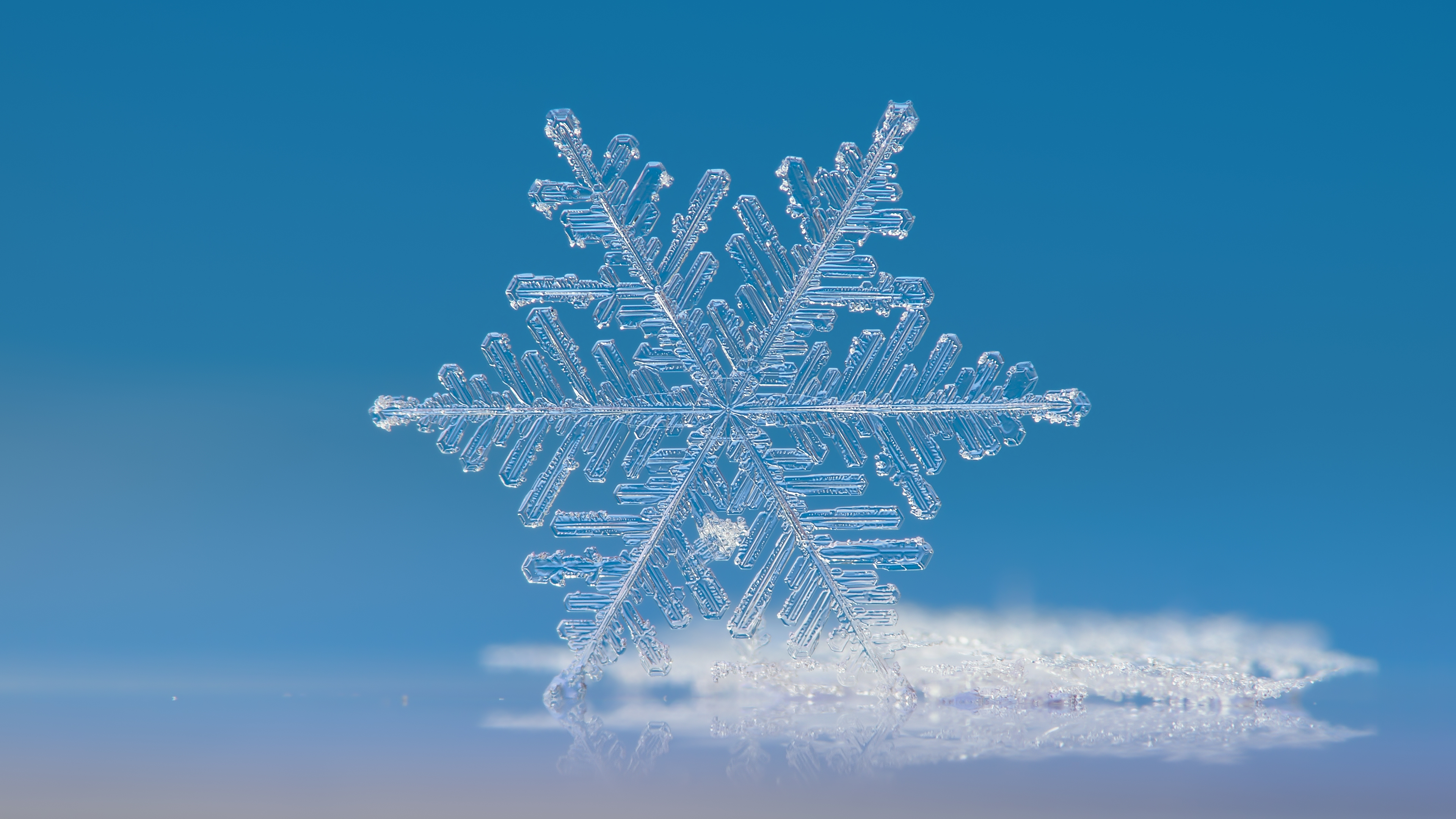
...or on a glass sheet he leaves outside to chill.
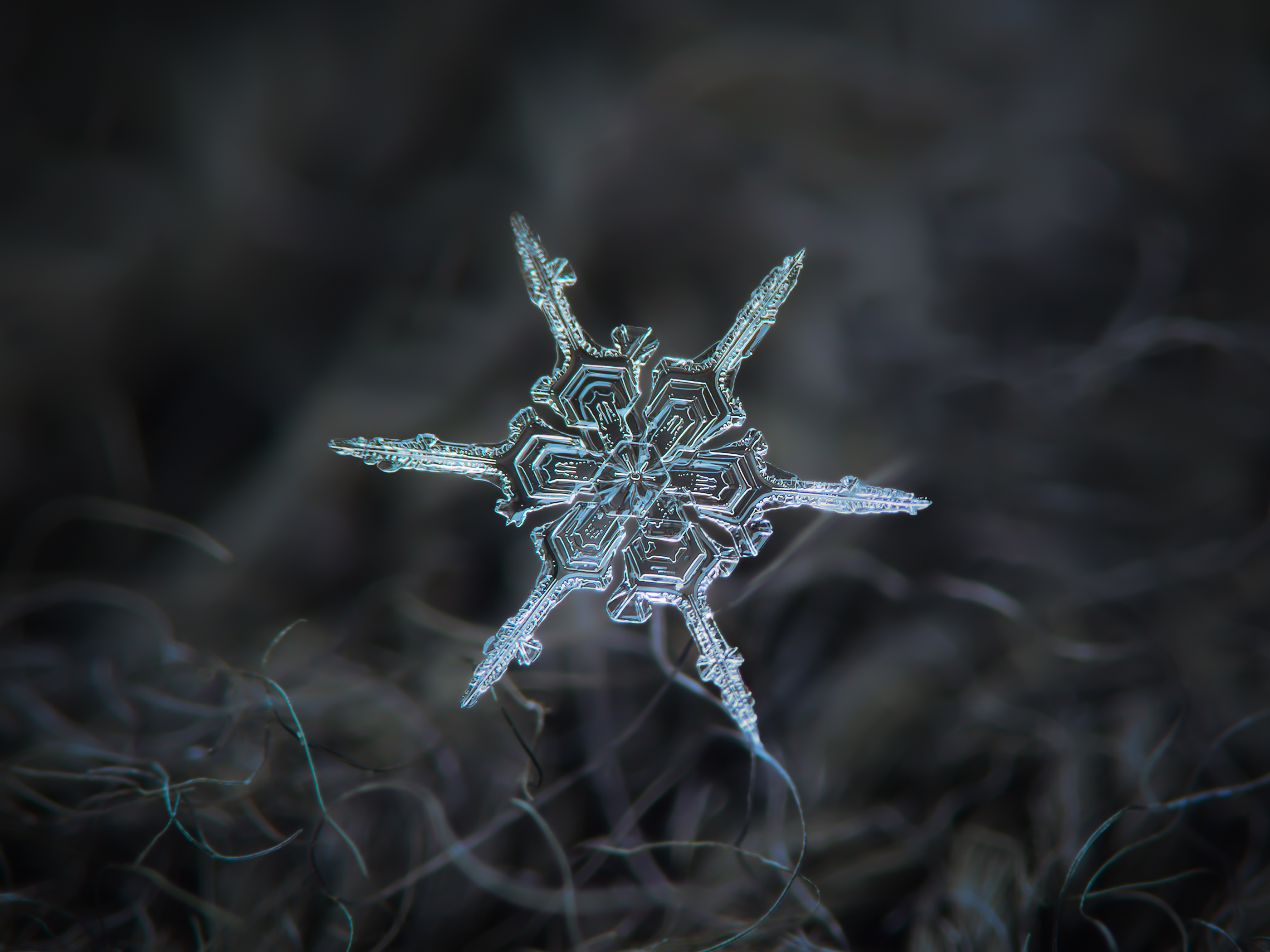
Kljatov says using a simple camera with a small image sensor allows him to keep more of each snowflake in sharp focus.

Despite their delicate appearance, Kljatov says the tiny treasures are tough enough to handle a few prods with a toothpick, which he uses to position them for the camera.
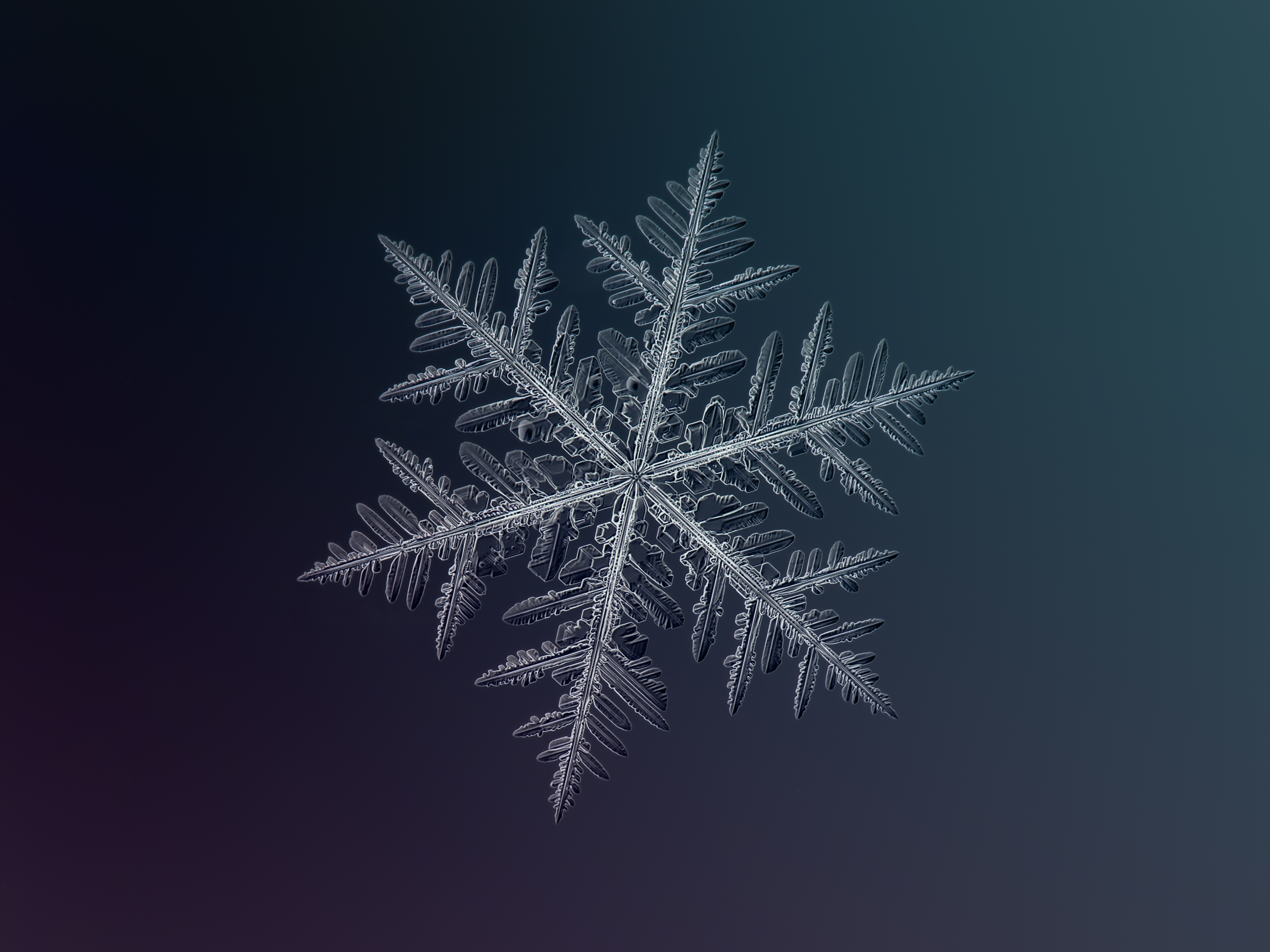
While most of Kljatov's snowflakes are of the classic six-armed variety…

...some photos capture the otherworldly shapes that snow crystals can take under certain conditions.
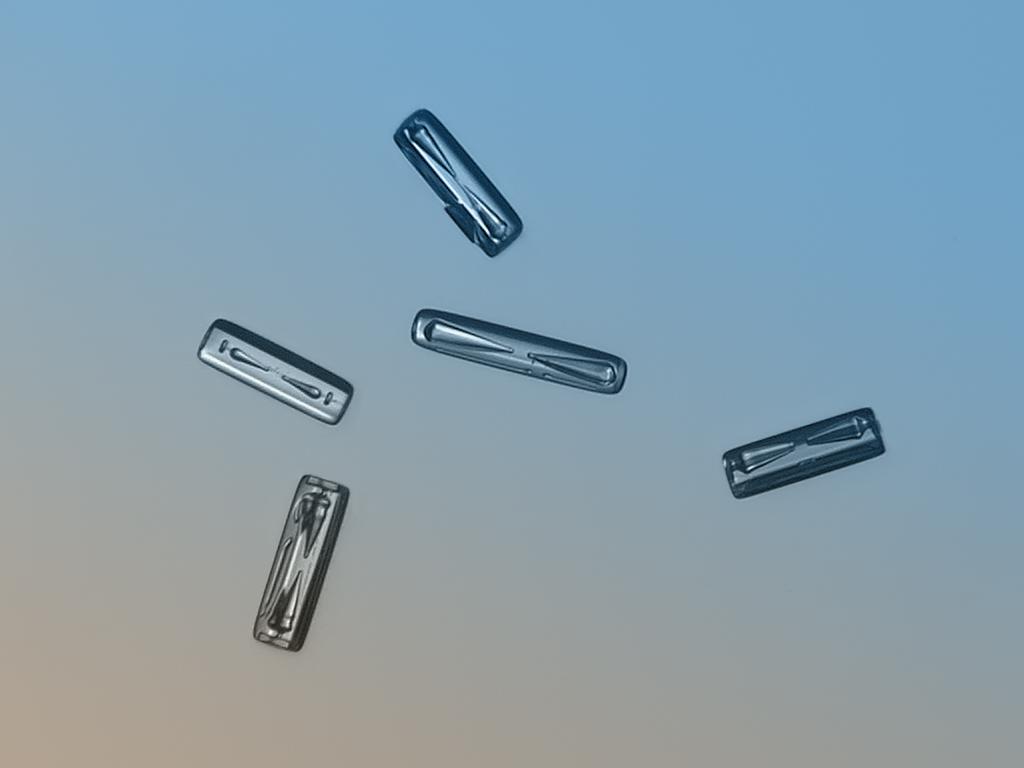
These tiny snow crystals (around the diameter of a human hair) are known as "diamond dust" for the way they glitter in the sunlight during especially cold days.
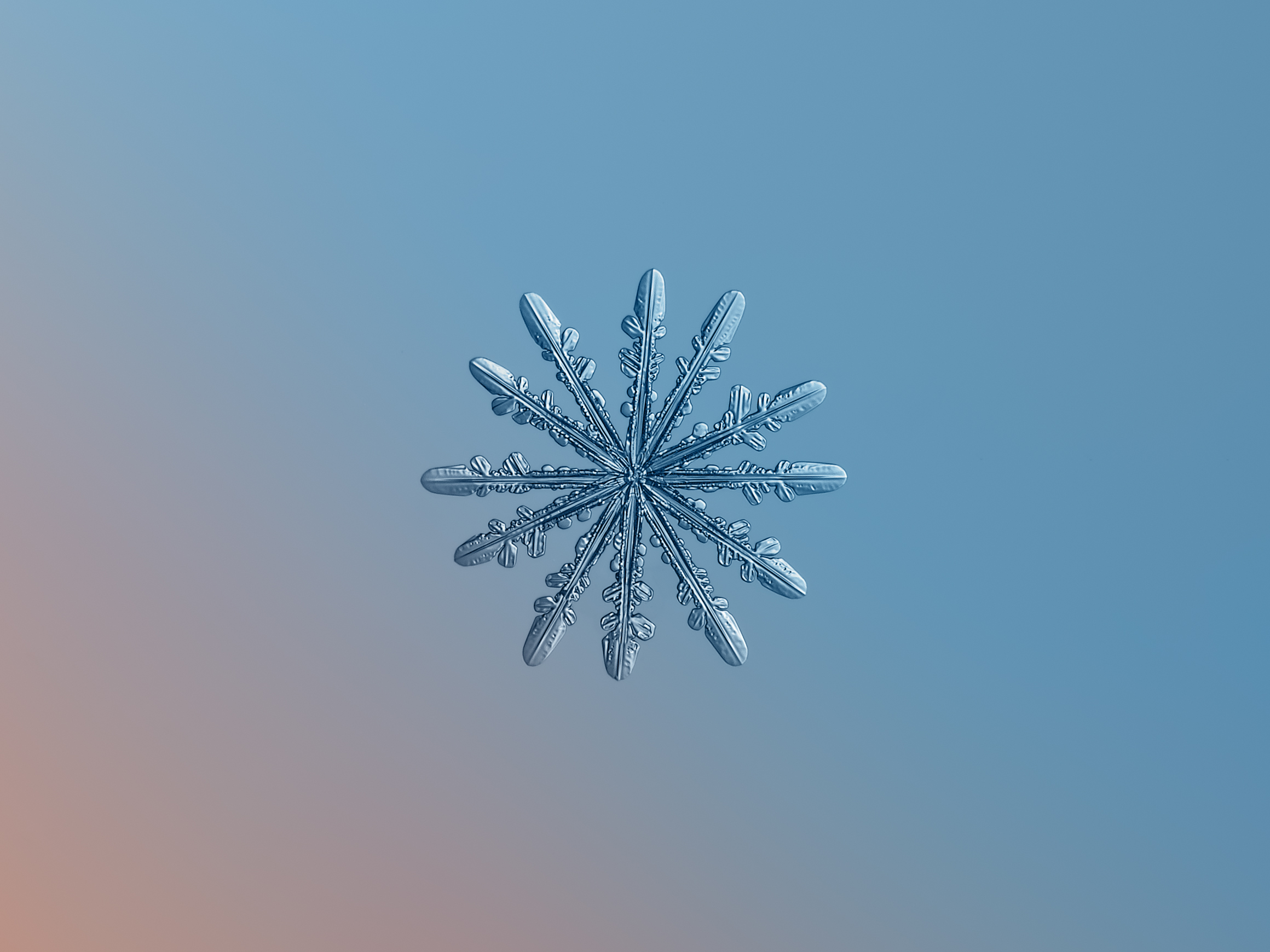
This rare 12-armed crystal is the result of two snowflakes bonding on their fall through the clouds.
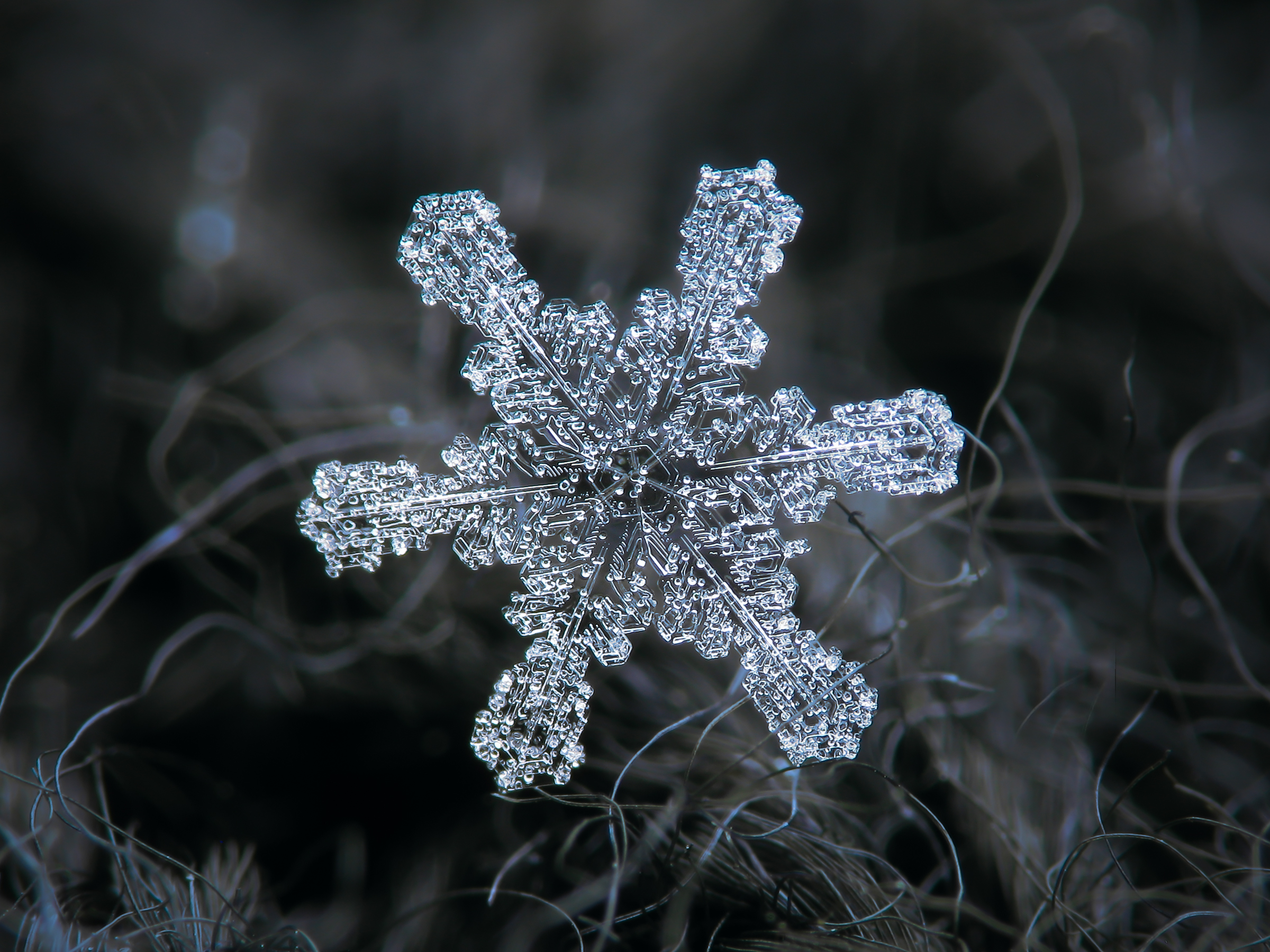
The icy speckles covering this snowflake result from water droplets freezing onto its surface as it tumbled toward Kljatov's terrace.
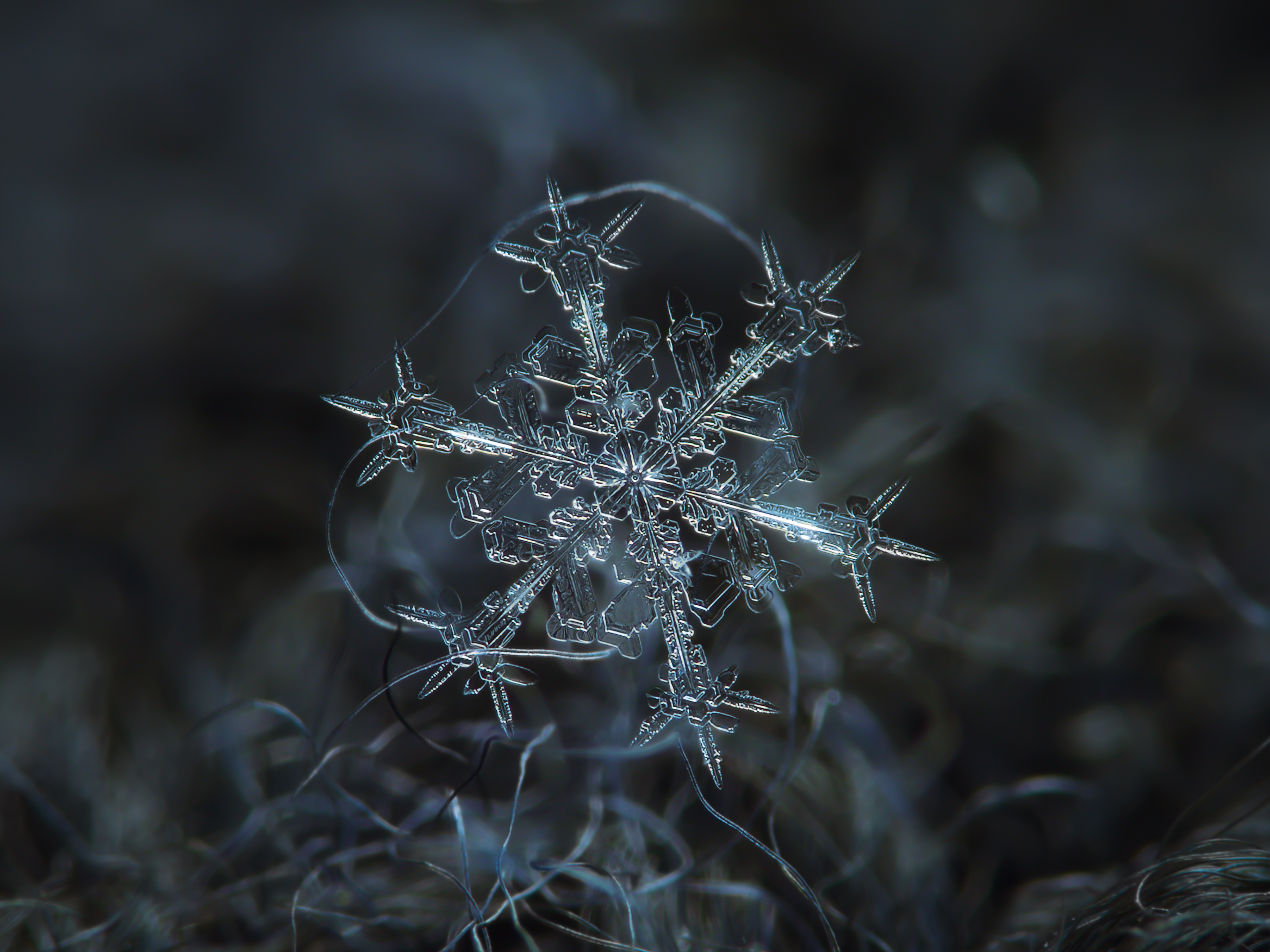
The six arms of the typical snowflake derive from the molecular structure of water.
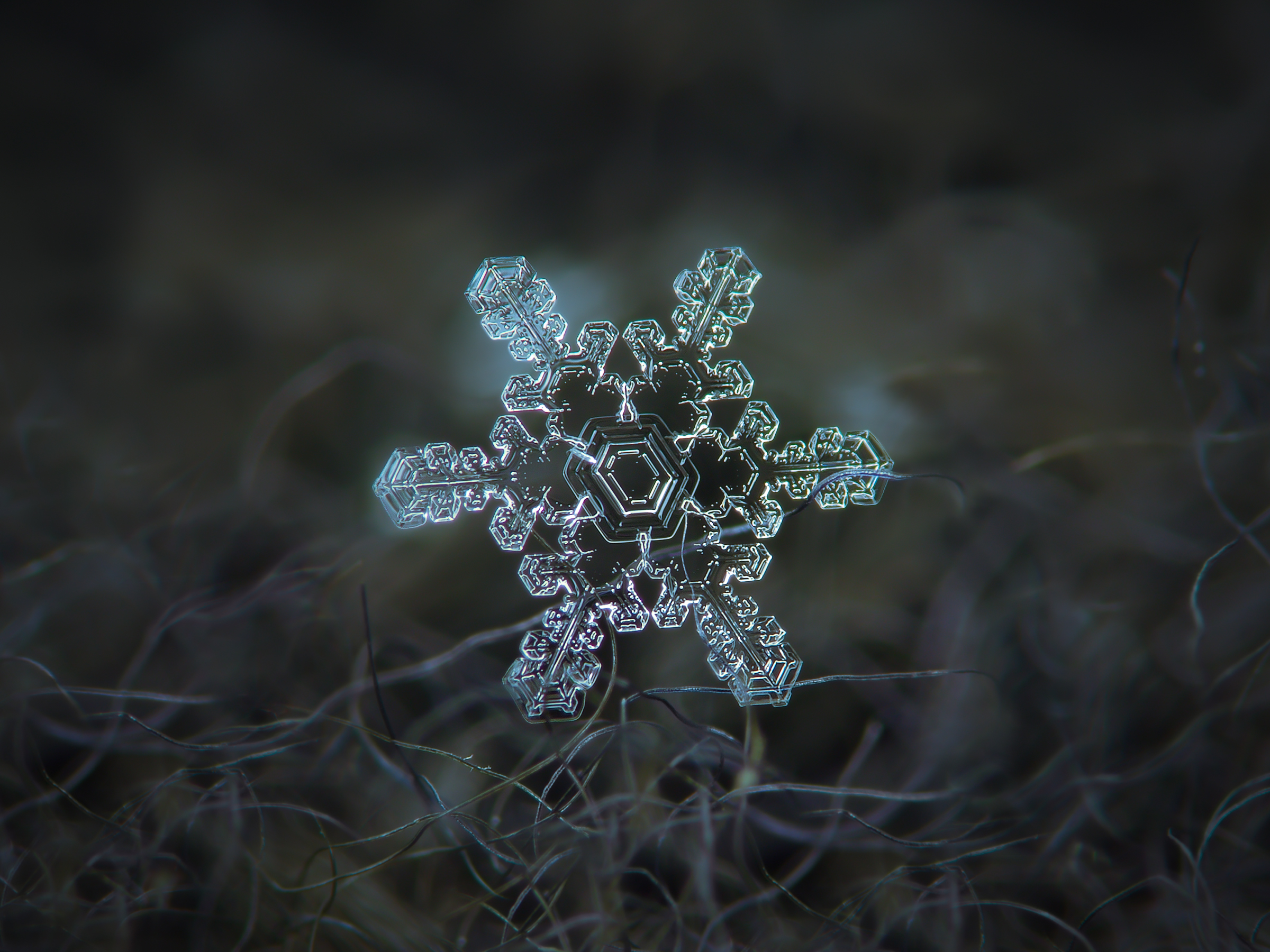
Kljatov told RFE/RL that some days the snowflakes have only a fleeting lifespan. "When it's minus-3 or minus-4 degrees Celsius, melting is so fast it becomes a serious problem."

When the temperature drops below minus-10 Celsius, the photographer can work with individual snowflakes for nearly as long as he wants before heading inside for a hot cuppa.
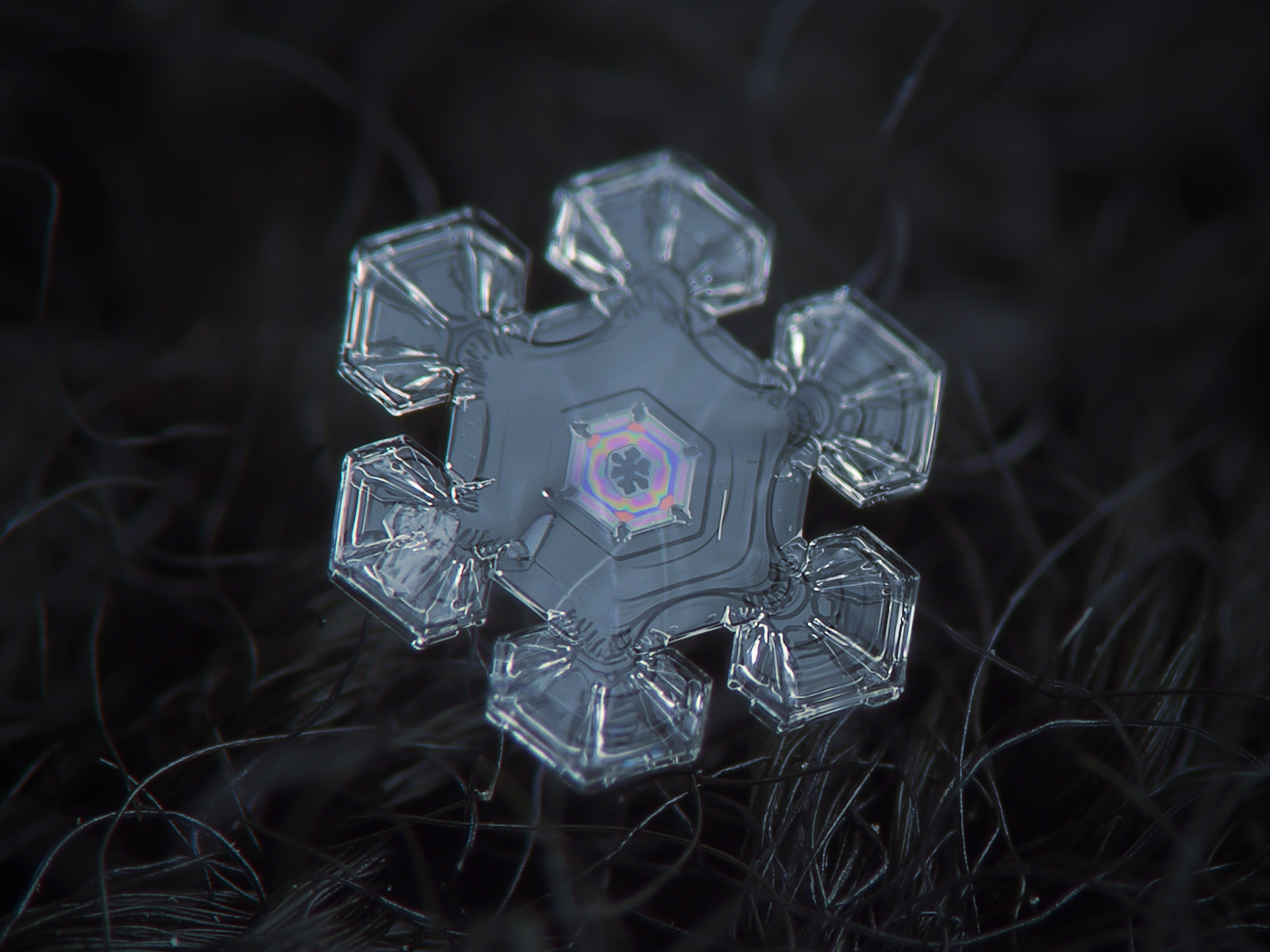
So far this winter, Kljatov says, he has only had one day of shooting snowflakes due to warm temperatures in Moscow.
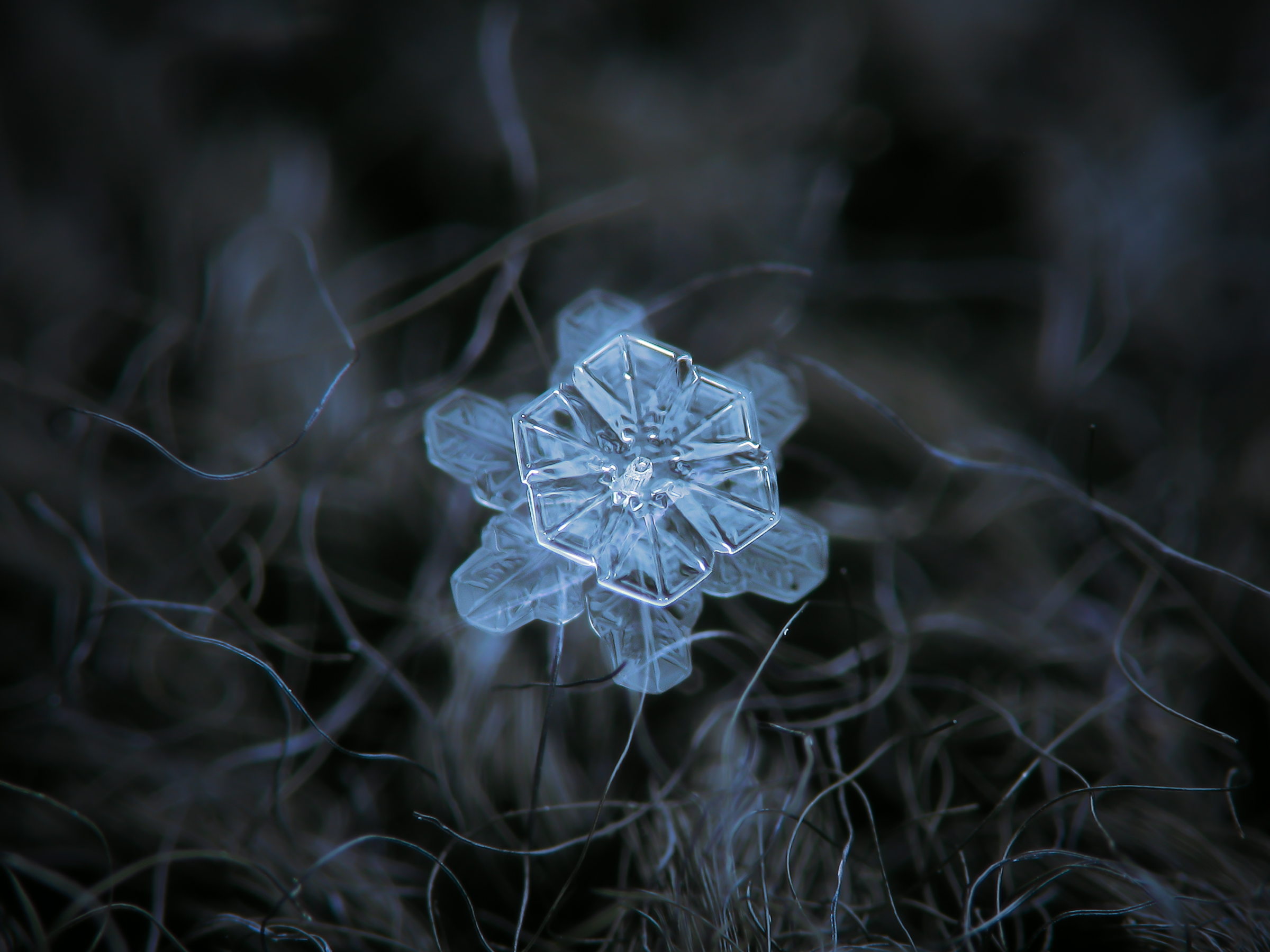
But seeing as he lives in a city famous for its snowy winters, he's not too worried, "I have a huge number of snowflake photos in my archive, waiting for processing."